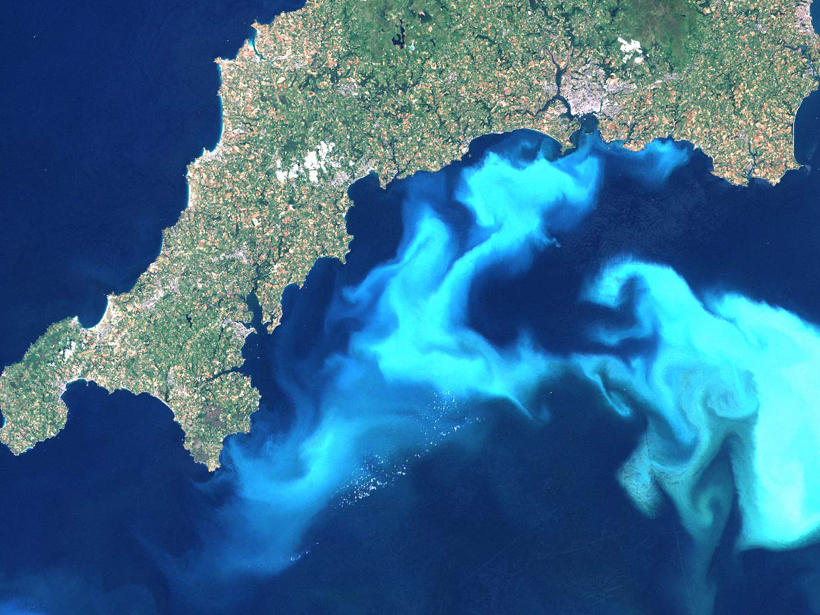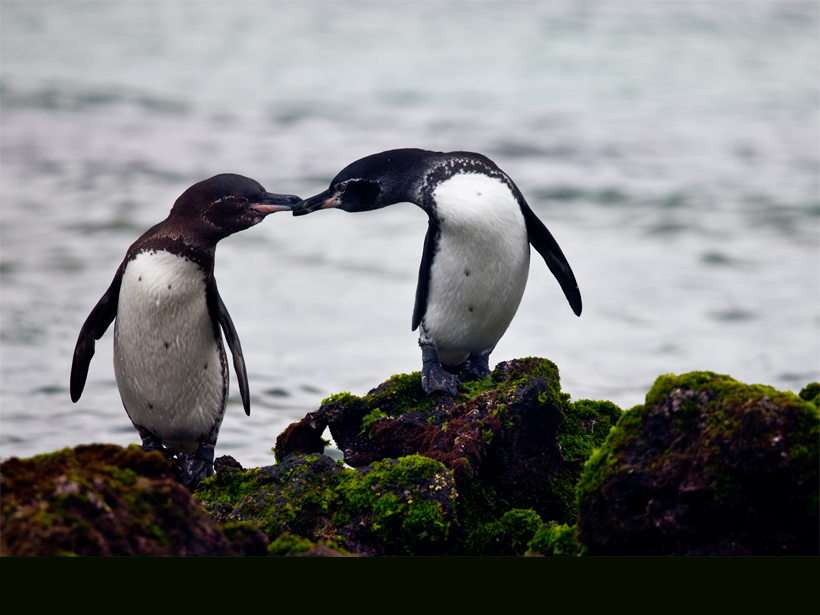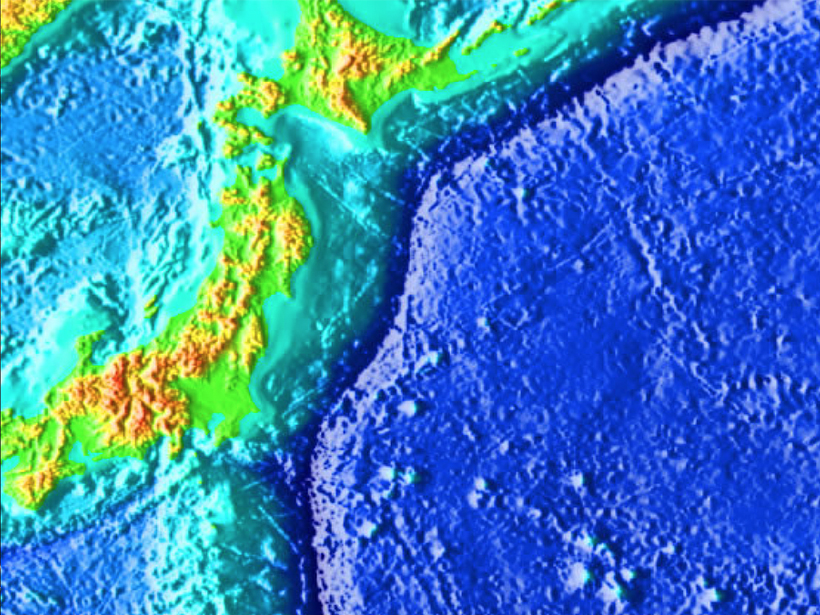Measurements of light-absorbing carbon particles made during an Arctic research expedition could improve understanding of their effects on the Arctic climate.
Pacific Ocean
Iron Fertilization Might Not Make Oceans Better Carbon Sinks
New research suggests more iron during the last ice age did not mean more algae production in the equatorial Pacific, pointing to possible futility of a controversial geoengineering idea.
Plate Displacement Rate Offers Insight into 2011 Tohoku Quake
For the first time, scientists use GPS to measure the displacement rate of the subducting Pacific Plate near the source of disastrous shaking in 2011.
Sounding the Northern Seas
A new compilation of underwater terrain provides the most up-to-date mapping of portions of the western Arctic and North Pacific.
Convection Cycles, Atmosphere, and Ocean Work Symbiotically
Scientists review studies of the tropical Madden-Julian Oscillation to better frame its role in air-sea interactions.
Cooling Galápagos Sea Surface Temperatures Affect Local Penguins
The Galápagos cold pool is expanding northward as a result of climate change, and local penguin populations are rising.
Earth's Climate Cycles Might Have an Eccentric Explanation
Mid-ocean ridge eruptions follow the cycles of tides and Earth's orbital eccentricity, indicating a possible role in long-term climate shifts.
Bending Plate Provides Unexpected Heat Source
Scientists discover the causes for heat flow anomalies near the Japan Trench.
Large Variability Measured in Kuroshio Current East of Taiwan
Ship surveys show that the "Gulf Stream" of the Pacific is not a stable boundary current.
Focusing Attention on Climate Change and Pacific Island Nations
The 2014 Pan Pacific Partnership on Climate Change Adaptation; Taipei, Taiwan, 29 September to 2 October 2014










